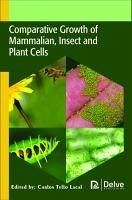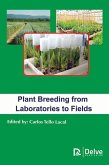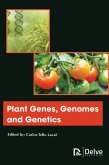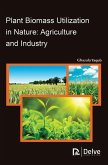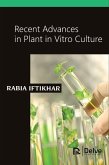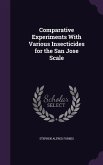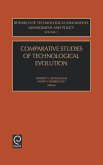Cell culture is extensively employed in the biotechnological and pharmaceutical industries for the production of antiviral vaccines, monoclonal antibodies, recombinant proteins, secondary metabolites and in vitro cultivated cells. This technique is successfully applied to the growth of cell lines isolated from different species of mammals, insects and plants. In order to optimize cell growth and product yield, it is essential to study the metabolism of each cell line to allow for the adjustment of the growth conditions and culture medium composition accordingly. Through the compilation of open access articles, the present book provides numerous examples of the in vitro cultivation of different mammalian, insect and plant cell lines, as well as their biotechnological applications. In Chapter number 1, the editor discusses the composition of mammalian, insect and plant cell culture media based on the metabolic requirements of these organisms. The first block of nine chapters presents cell culture experiments with different mammalian cell lines. The authors of the study shown in Chapter 2 assayed three different 3T3 fibroblast subculture schemes to investigate their effect on the proliferative feeder contamination of target cells. In Chapter 3, the obtaining of low pathogenic influenza virus replication in BHK-21 cells is achieved through the expression of a chicken embryo factor X. The optimized production of human immunoglobulin G in CHO cells under doxycycline induction is investigated in Chapter 4. In Chapter 5, the effect of temperature on recombinant protein production is studied in HEK-293 cells. The authors of the study presented in Chapter 6 cultured HeLa cells in 3D through the electrospinning of a nanostructured polymer grid. In Chapter 7, the erythroid-specific ALAS isozyme is expressed in K562 cells to study the accumulation of the heme precursor PPIX, as well as the cell death rate caused by this protein. In Chapter 8, the effect of long-term culture of MDCK cells on the number of chromosomes is investigated. A mathematical model for the GS-NS0 cell cycle progression is described in Chapter 9. Finally, different Vero cell cultivation methods are assayed to optimize poliovirus D-antigen yields in the study presented in Chapter 10. The second block of five chapters deals with insect cell culture. The authors of the study shown in Chapter 11 generated primary cell cultures and individual cell lines from eggs of the moth Ascalapha odorata and measured the production of recombinant alkaline phosphatase and β-galactosidase in this system. A transcriptome analysis of High-Five cells aimed at optimizing the secretion of recombinant proteins by using the baculovirus expression system is presented in Chapter 12. In Chapter 13, a method for the ultrastructural analysis of mitosis in S2 cells is described. The effect of the hormone agonists methoxyfenozide and methoprene on Sf9 proliferation is examined in Chapter 14. Finally, the study presented in Chapter 15 shows the production of Chikunguya virus E1 and E2 glycoproteins in Sf21 cells. The last block of six chapters explores the in vitro culture and biotechnological applications of plant cells. In Chapter 16, the epigenetic instability of immortalized Arabidopsis cells is investigated. The cloning of BY-2 cells is employed to reduce heterogeneous expression of transgenes in Chapter 17. In Chapter 18, Catharanthus roseus cells are treated with UV-B to increase the production of catharanthine and vindoline. In Chapter 19, a large-scale statistical experiment is performed to identify the cultivation factors that most severely affect geraniol production in tobacco NN cells. In Chapter 20, several signaling peptides are tested in order to optimize recombinant protein secretion in rice cells. Finally, the molecular genetics of the anticancer agent paclitaxel (Taxol(R)) are investigated in Taxus cuspidata cells through the identification of genes with altered expression in response to the elicitor methyl jasmonate. The present book provides college students, teachers, researchers, workers of the pharmaceutical and biotechnological industries and other readers interested in cell biology and biotechnology with a detailed overview of the biotechnological applications of mammalian, insect and plant cells and the factors influencing cell growth and recombinant protein yield.
Bitte wählen Sie Ihr Anliegen aus.
Rechnungen
Retourenschein anfordern
Bestellstatus
Storno

